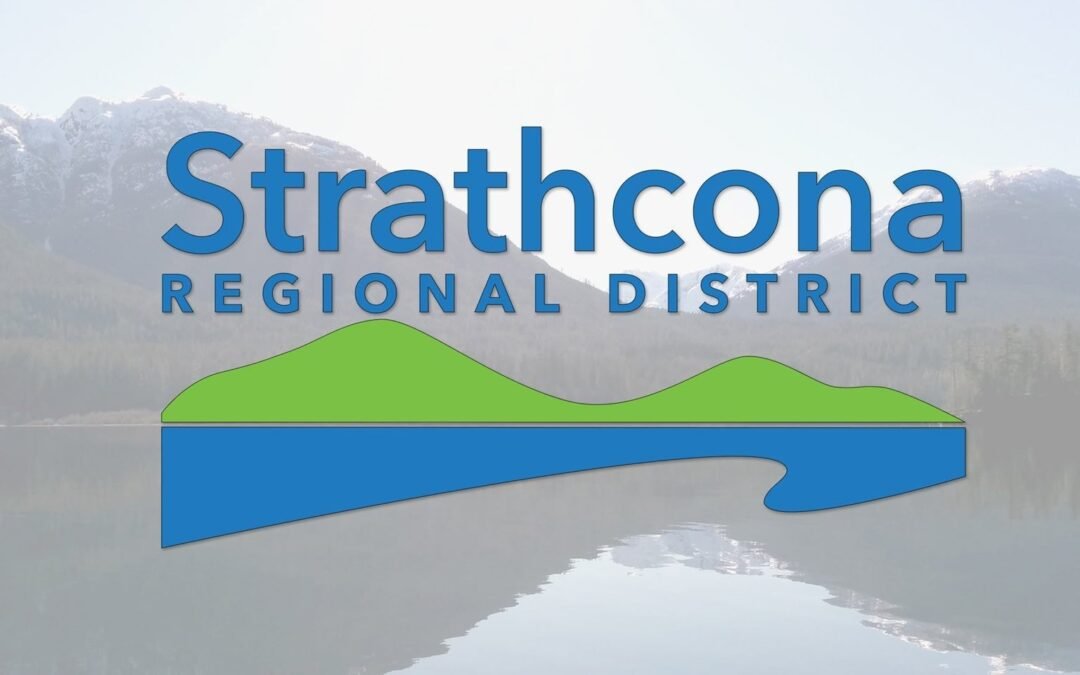The Strathcona Regional District (SRD) has been awarded $360,000 through the 2025 Emergency Operations Centre (EOC) grant program—an important step in enhancing emergency preparedness and response across North Island and coastal communities.
The funding will support the acquisition of high-frequency (HF) commercial radio equipment, advanced training, and the hiring of disaster communications technicians. These upgrades will expand the DisasterNet BC network, integrating six additional communities into a secure, provincewide emergency communications system.
“This grant is a testament to strong regional collaboration,” said SRD Chair Mark Baker. “It will significantly improve our ability to communicate across jurisdictions when it matters most, ensuring communities are more connected and resilient in the face of emergencies and natural disasters.”
DisasterNet BC operates on licensed, interference-protected HF radio frequencies, enabling dependable communication even when cellular and internet networks are unavailable. By expanding access to this system, the SRD and its partners are investing in reliable, community-based tools that enhance rapid response and coordination during crises.
In addition to strengthening the radio network, the grant will fund several key community initiatives:
-
Technology Upgrades: Enhancements to virtual meeting infrastructure for the City of Campbell River and the Village of Sayward, as well as a server upgrade for the Village of Gold River’s municipal hall to support effective emergency coordination.
-
Emergency Support Staffing: Additional hours for part-time Emergency Program Liaisons in participating villages and First Nations, ensuring emergency plans are regularly updated, tested, and well-understood.
The successful grant application was a collaborative effort between the SRD and its regional partners, including the City of Campbell River, Ehattesaht/Chinehkint First Nation, Nuchatlaht First Nation, the Town of Port McNeill, and the Villages of Sayward, Gold River, Tahsis, and Zeballos.
By investing in communications infrastructure and emergency staffing, this initiative directly supports rural, remote, and Indigenous communities that often face heightened challenges in disaster response. The result: faster response times, stronger inter-agency coordination, and greater resilience across the region.








Be Awesome!
Share Or Like This Post And Get +10 Karma Points :-)